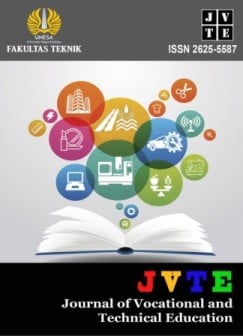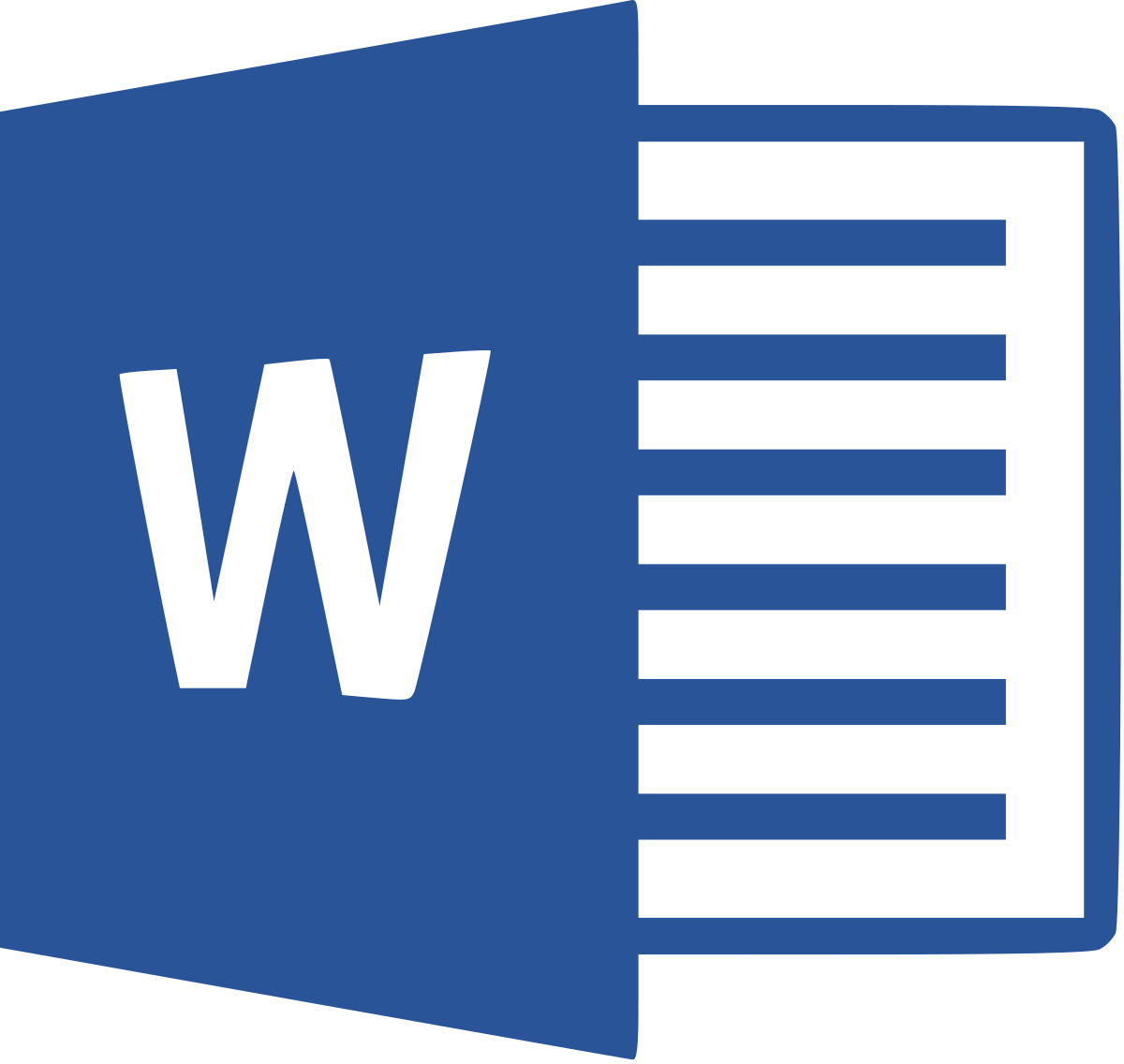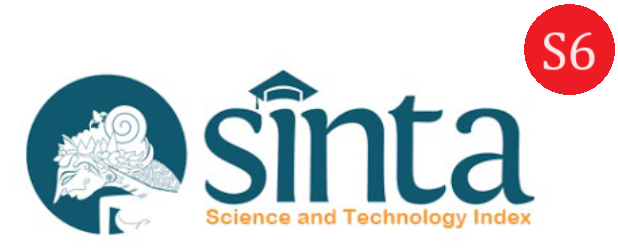PENGARUH STUDENTS COLLABORATION TERHADAP KINERJA SISWA KELAS XII TITL
DOI:
https://doi.org/10.26740/jvte.v5n2.p186-192Abstract
ABSTRAK
Students collaboration merupakan keterampilan berkolaborasi yang dimiliki siswa untuk mengembangkan kemampuan yang dapat meningkatkan kinerjanya. Dalam prosesnya, students collaboration memiliki lima aspek, yaitu efektifitas kerja, menghargai perbedaan, menerima pendapat orang lain, tanggung jawab, dan kontribusi. Penelitian ini memiliki tujuan untuk mengukur signifikansi pengaruh students collaboration terhadap kinerja siswa kelas XII Teknik Instalasi Tenaga Listrik (TITL). Metode penelitian yang digunakan, yaitu pre-experimental design one shot case study posttest only dimana treatment hanya diberikan pada siswa kelas eksperimen pada populasi program keahlian TITL SMK Negeri 7 Surabaya. Jumlah sampel sebanyak 60 siswa program keahlian TITL yang ditetapkan melalui purposive sampling. Teknik pengumpulan data, antara lain observasi, kuisioner, dan tes. Instrumen penelitian yang digunakan adalah lembar observasi, kuisioner, dan tes kinerja. Analisis data menggunakan two way anova berbantuan software SPSS 26.0. Pada hasil penelitian ditemukan bahwa students collaboration memiliki nilai F hitung > F tabel, yaitu sebesar 6,473 > 4,02 dengan p-value 0,014 < 0,05. Sehingga, disimpulkan bahwa students collaboration berpengaruh signifikan terhadap kinerja siswa. Hasil analisis menunjukkan semakin tinggi students collaboration, maka kinerja siswa juga semakin tinggi. Selanjutnya, ditemukan bahwa guru SMK Negeri 7 Surabaya telah berhasil menerapkan 21st century skills, yaitu students collaboration yang dapat meningkatkan daya saing siswa ketika memasuki dunia kerja.
Kata Kunci: kinerja, kolaborasi, pengaruh
ABSTRACT
Student collaboration is a collaborative skill that students have to develop abilities that can improve their performance. In the process, student collaboration has five aspects, namely work effectiveness, respect for differences, accepting other people's opinions, responsibility, and contribution. This study aims to measure the significance of the effect of student collaboration on the performance of students in class XII Electrical Power Installation Engineering (TITL). The research method used, namely pre-experimental design one shot case study posttest only where treatment is only given to experimental class students in the population of the TITL expertise program at SMK Negeri 7 Surabaya. The sample size was 60 students of the TITL skill program determined through purposive sampling. Data collection techniques include observation, questionnaires, and tests. The research instruments used were observation sheets, questionnaires, and performance tests. Data analysis used two way anova assisted by SPSS 26.0 software. The results showed that student collaboration had an F value > F table, which was 6.473 > 4.02 with a p-value of 0.014 < 0.05. Thus, it is concluded that student collaboration has a significant effect on student performance. The analysis shows that the higher the student collaboration, the higher the student performance. Furthermore, it was found that teachers of SMK Negeri 7 Surabaya have successfully implemented 21st century skills, namely student collaboration which can increase students' competitiveness when entering the workforce.
Keywords: students collaboration, effect, students performance
Downloads
Published
How to Cite
Issue
Section
License

This work is licensed under a Creative Commons Attribution-NonCommercial-ShareAlike 4.0 International License.
 Abstract views: 159
,
Abstract views: 159
, PDF Downloads: 162
PDF Downloads: 162






